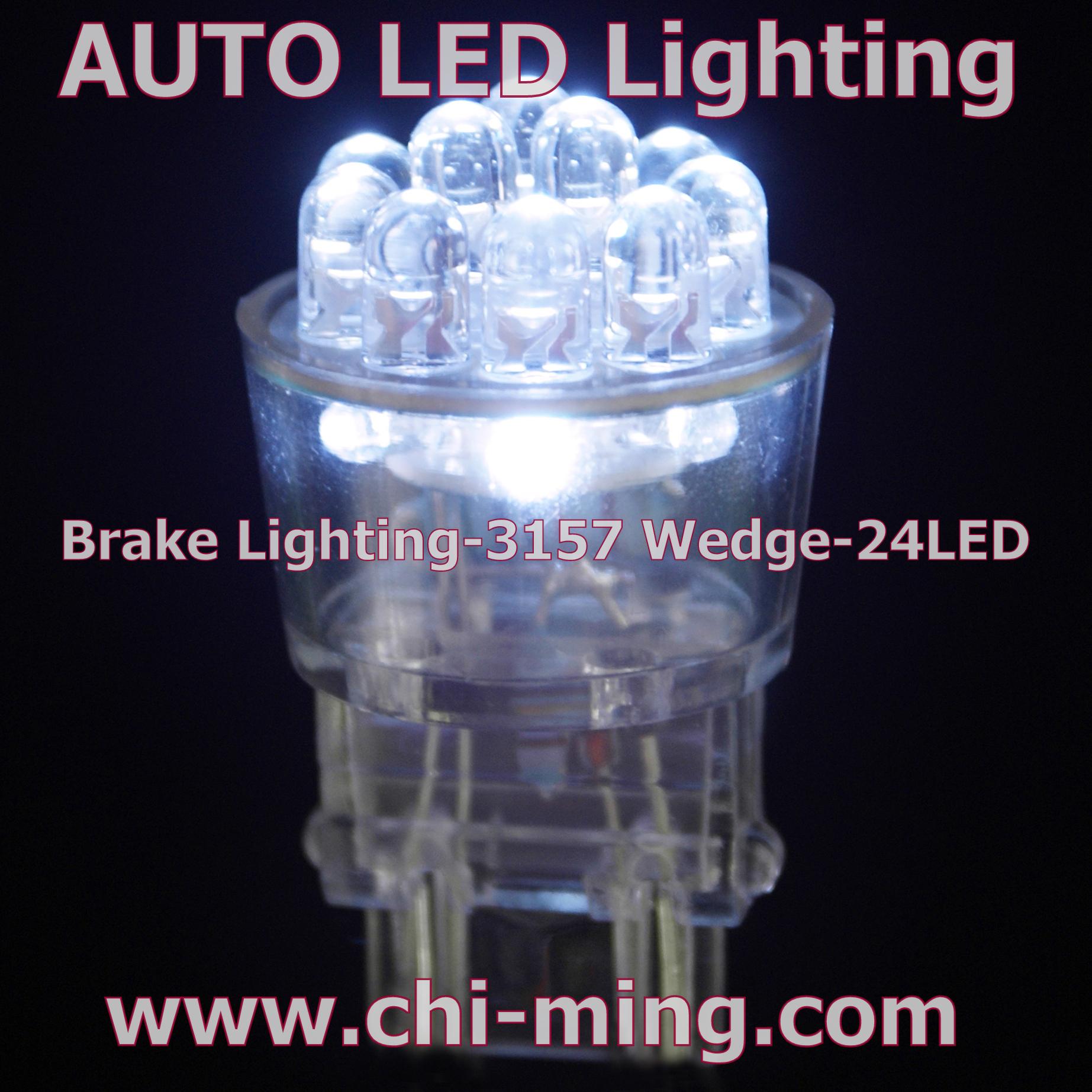Nichia
(Nichia) has at Photonis West Show, announced that it has successfully
developed the industry's highest luminous flux of the low-power white
LED chips. This was published Nichia white LED, in 20mA current, its
luminous efficiency of up to 249 lm / W, currently the highest in the
industry. Nichia LED at 20mA low power there is a breakthrough
development of Li-2006, dated December when the luminous efficiency of
up to 150 lm / W, 2007 Nian 9 month hour up to 169 lm / W, which now
stands at 249 lm / W. Ran the industry generally in high-power 350mA
current, the luminous efficiency metrics. The scene at the Photonics
West show, the LED chip in the input power which increased to 350mA,
its luminous efficiency is reduced to 145 lm / W, failed to break Cree
at the end of 2008, published by 161 lm / W records. To explain the
performance of Nichia as expected because of operational procedures for
on-site errors. Nichia further explained that due to the latest
research and development of the fluorescent powder technology, its
white LED luminous efficiency in the lab, up to 263 lm / W, even at the
highest had a breakthrough 300 lm / W. The chip using Nichia patent
sapphire substrates and transparent indium tin oxide (transparent
Indium Tin Oxide) technology. LED lighting applications in 2009 have
begun to cut into the indoor market, partial, with emphasis and other
auxiliary lighting. The industry generally think that if they cut into
the main light source of indoor lighting market, LED luminous
efficiency of volume production target of 150 lm / W. And therefore the
major works are all to 150 lm / W goal of positive development. LED
luminous efficiency gains of the speed of progress of 20% annual
increase, far more than the industry originally expected. 2008 Cree and
Osram (Osram) have been published in the laboratory luminous efficiency
up to 161 lm / W and 136 lm / W the chip. The Taiwan factory wafer
power in 2008, announced that its blue LED (INGaN) chips in the
laboratory has exceeded 100 lm / W, 2009 Nian expected to increase to
120 lm / W |



